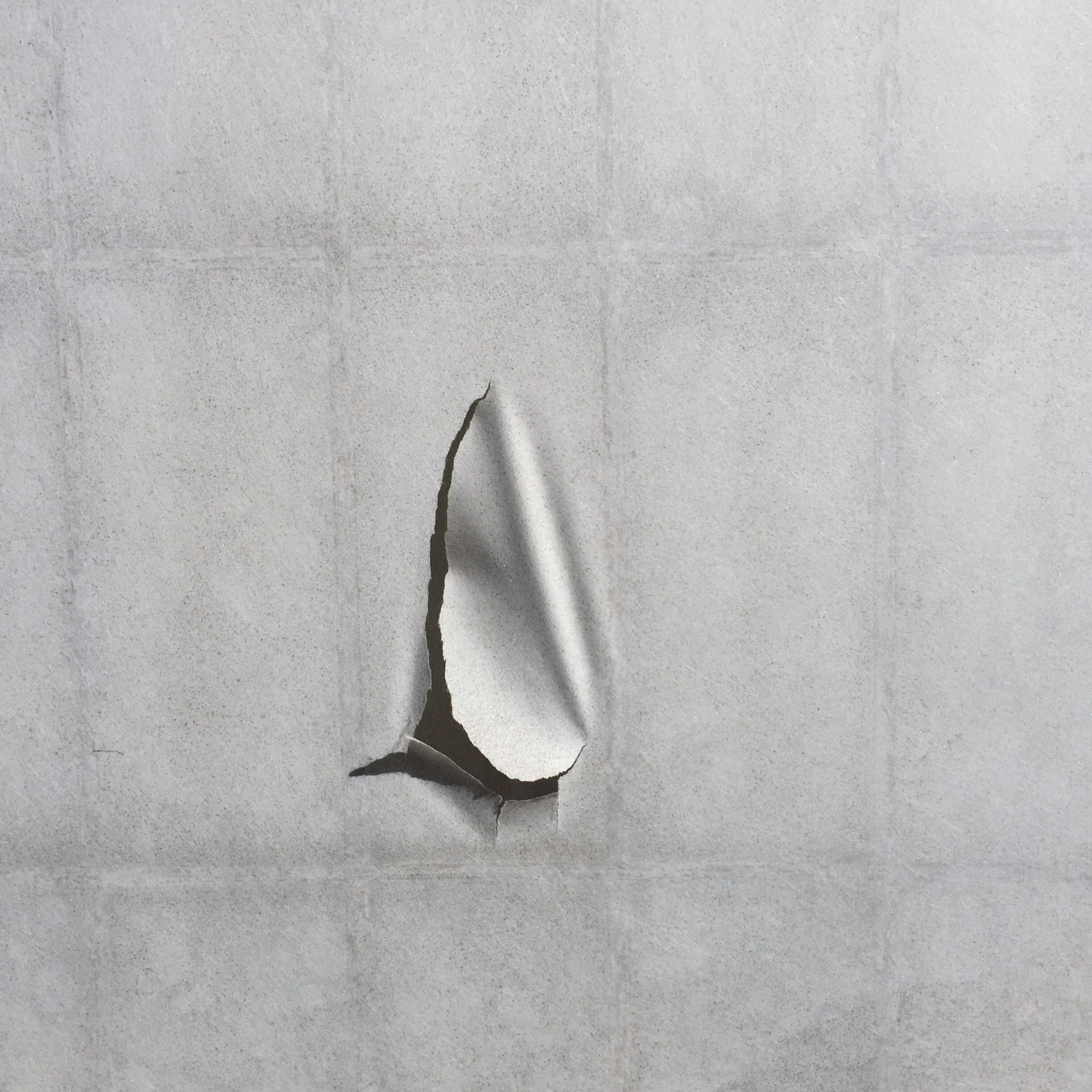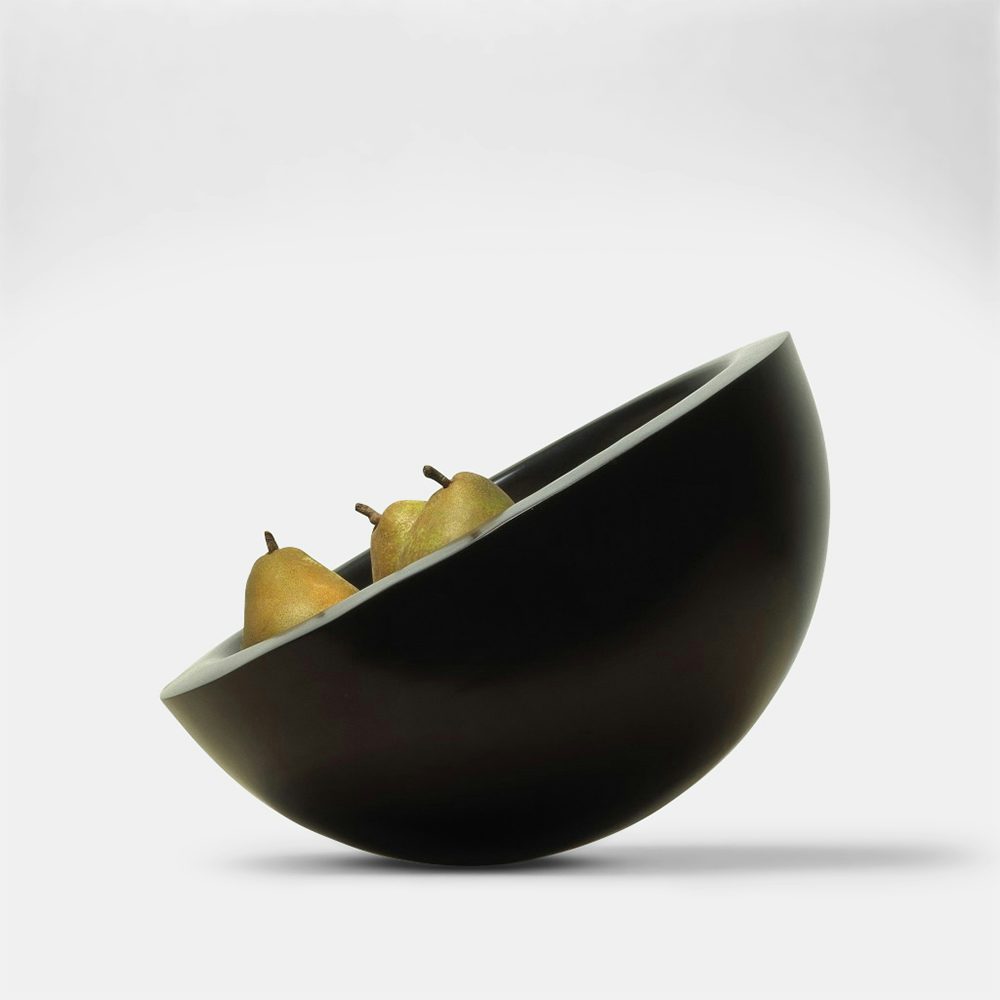Posted in Design Stories
Portraits of Pawson

Throughout his life, architectural designer John Pawson has collected images: travel stills, seasons at home, light across landscapes.
Seldom without a camera, Pawson has become adept at capturing these moments of richness, elevating and curating everyday experiences by framing the world through a lens. In each of his photographs, the scene captured within the frame remains intimately linked to the mysteries beyond the frame. The noises and smells, textures, movements, and colors of reality press up against the bounded truth of the recorded image, conjuring a wider atmosphere. Much like a carver’s blade, the camera enables Pawson to sculpt space and time. It is a tool for sieving through the density of material life, for drawing out possibilities.

Among Pawson’s exhaustive collection are thousands of images of his home in London, shot over a period of many years. These images show the minimal architecture in what seems to be every possible light condition, at every time of day, and in all types of weather. The limestones slabs and white-lacquered timbers become background to the quiet play of time, where the profoundly personal spaces of home are at once intimately surrendered and objectively documented.
For Pawson, collecting is part of the process of absorbing influences. It also feels like a kind of meditation. As his finger hovers over the shutter button, he takes a solitary second with the image before it is brought into existence. Selecting what is seen and what to attribute value to is a moment of intense intimacy.

Seemingly in contrast to the scale of these photographs, Pawson has practiced architecture in expansive environments of historic, landscape and ecological importance. In a remote part of Bohemia, in the Czech Republic, Pawson developed a masterplan for the Trappist Monastery, Our Lady of Nový Dvůr. It is a collection of still spaces in which age-old rituals are fulfilled in contemporary ways. And, although the major components of the project are complete, Pawson considers his work to be ongoing. As with his photographs, he holds in his mind a restrained sense of wholeness that will only be achieved when everything — from the buildings to the planting, furniture and even the monks’ robes — is as he has envisioned it.


Minimalism is not defined by what is not there but by the rightness of what is, and the richness with which this is experienced.
Pawson designed the crystalline JP glasses specifically for use within the calm visual field of the Nový Dvůr monastery. When set on a tabletop, these inverted goblets become dramatic columns of liquid, light-filled, and thick with reflections. While the vessels have a powerful symmetry from all sides, centered on a thick, heavy base, the fluids and curved forms act as lenses, distorting and reframing the environment.
Through the process of curating a selection of vessels, Pawson meditates on the care with which the liquid will be held. He doesn’t provide handles, so to pour or drink, you must hold the glass directly, your hands wrapping the fluid. The rituals of offering, passing, pouring, and drinking are given presence. The potentially inert glasses responds to the simple movements in the white interiors, capturing alternative images of space and life.

The cool, muted white of the Monastery crops up repeatedly in Pawson’s architectural work. Looking through his portfolio, you begin to understand this repetition as search for perfection, for the clarity and sense of depth within the everyday that a perfect pure white space will allow. Perhaps this collection of whites is, in part, why Pawson’s name is often associated with Minimalism: an admittedly imprecise architectural expression which umbrellas everything from Japanese concepts of Zen to Thoreau’s quest for simplicity.
For Pawson, minimalism means each thing achieving its perfect balance of being just enough — a specific kind of perfection attained when subtraction would no longer improve, but begin to undermine, an artifact. It is a theory and a practice at once, informed by his time in the Japanese studio of designer Shiro Kuramata. This holds true for each component, element, and detail. There is a slow serenity to this understanding of minimalism that is felt through Pawson’s work: a consistent expression of simplicity and time, a sense through which everything reveals the vivid essence of itself. Minimalism is in the process of reduction and editing, achieving elegance and richness of experience.

The eponymous JP bowl, for example, is a seamless hemisphere, a thick-edged sphere sliced perfectly in half to reveal a cavernous center for fruit to rest in. Undoing our expectations of a bowl, the form of the hemisphere remains perfect: Pawson has resisted the temptation to flatten it to provide a stable base, preferring to preserve the geometric integrity. The hemisphere is then rendered not in white, but in a deep, dark resin: so dark that the emptied out core is only just discernible from the lip. A place to keep precious collections. In use, fruit bathe in this darkness, their silhouettes peeking over the edge. The truth is that at a point, the size of the bowl, thickness of the glass and weight of the knife are not about reduction, but another kind of perfection that is somewhere between proportion and human feeling. These objects facilitate and enable reflective practices, inviting awareness of life through everyday rituals and sensual experiences.
Given that Pawson is perhaps best-known for this ultra-pure aesthetic, it almost feels surprising to see his name attributed to the design of household objects and furniture items: pieces that occupy and perhaps even dare to clutter architectural spaces. But Pawson’s attention to the details of everyday life and human experience, in photographs as in architecture, ties his work and philosophy together across all scales. Each work exhibits an awareness that the architectures, conceived as minimalist spaces of stillness, exist in balance with life: voices, light, footsteps and the objects we use to carry out daily tasks all illuminate these spaces.
More recently, Pawson has lent his hand to the transformation of a former convent and hospital, perched on a hill overlooking the port in Tel Aviv, into a hotel and private residences collectively named The Jaffa. In the white heat of Israel, the 19th century neo-gothic, neo-renaissance building has a rich, voluminous interior with high vaulted ceilings and exquisitely detailed stained-glass windows. In response to the existing architecture, here Pawson has strayed away from a purely white palette, bringing more color, more pattern, and more boldness. In the guest rooms, his touch is a little more pared back, and in the social spaces, more generous, more abundant. Here, the pure forms, rich textures and bold orange, mustard and pink hues of Cini Boeri’s Botolo Chair, and Shiro Kuramata’s Sofa with Arms sit strongly within the carved out existing spaces. Magically, the result only intensifies the purity of the space and emphasizes the light and color.
In photographic portraits of Pawson himself, he is often perched on a staircase, slung on a simple chair in an empty room, or standing against a door frame. Soft light invariably falls across his left shoulder. In each image his arms are crossed in front of his body, or maybe his hands are pressed together at the fingertips.
Set in his empty spaces, these bodily relationships are heightened: we read the negative shapes between arm and wall, leg and ground. In these portraits, as in Pawsons’ own photographic practice, minimalism is the slow shutter speed where edges soften, and light seeps in. Repeated over the course of a day, slow actions in the life of a space become rituals: switching on a light, turning a door handle, taking a book down from the shelf. Some of these moments have clear physical elements in and of themselves, but Pawson suggests that it is the collecting of moments, and how these parts come together, that creates the atmosphere of the space. Perhaps then, even without occupying a Pawson-designed home, we might bring stillness and reflection to our lives, bathe in his characteristic palette, and create, through careful collection and curation, a personal, minimal paradise.

